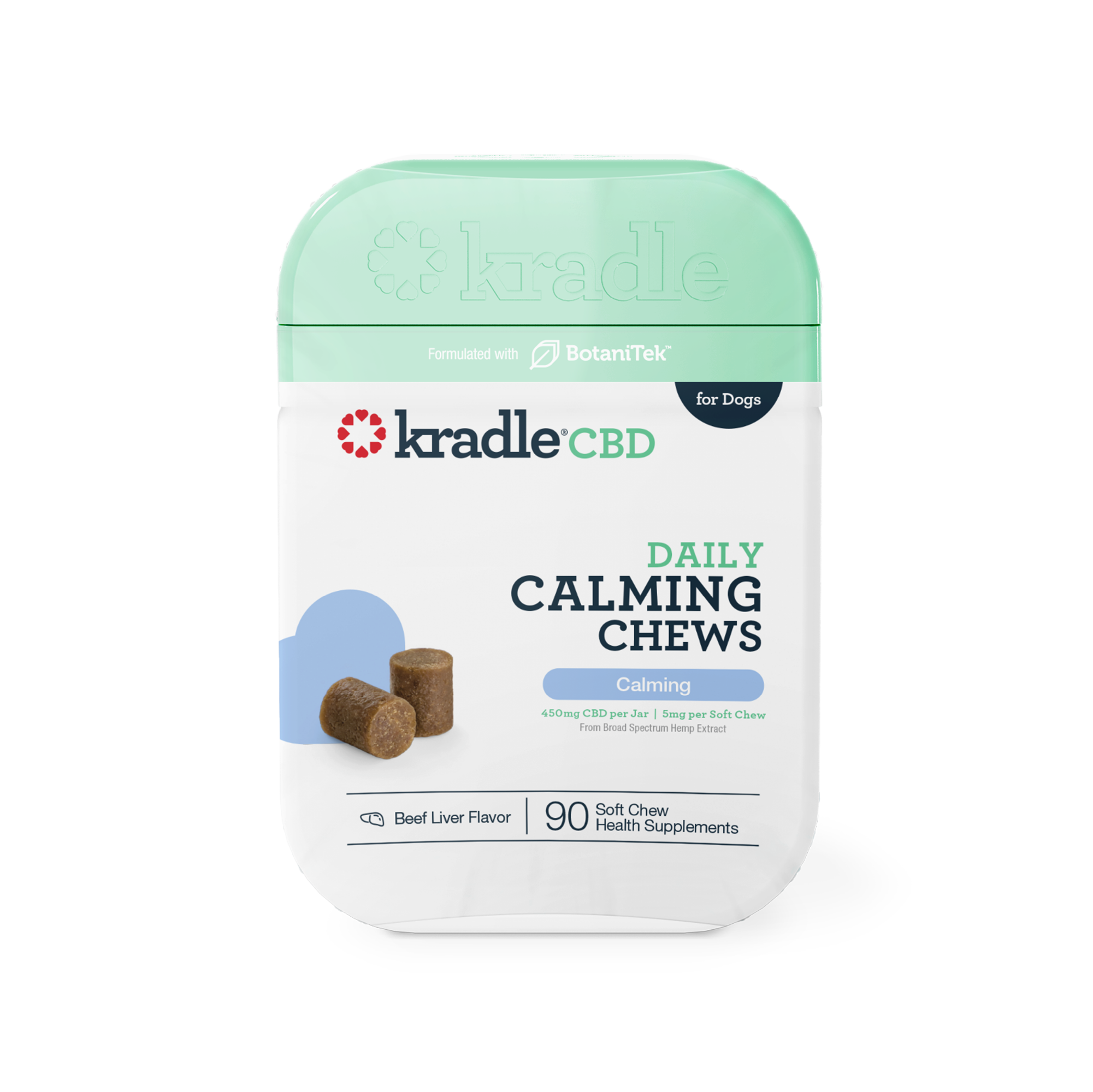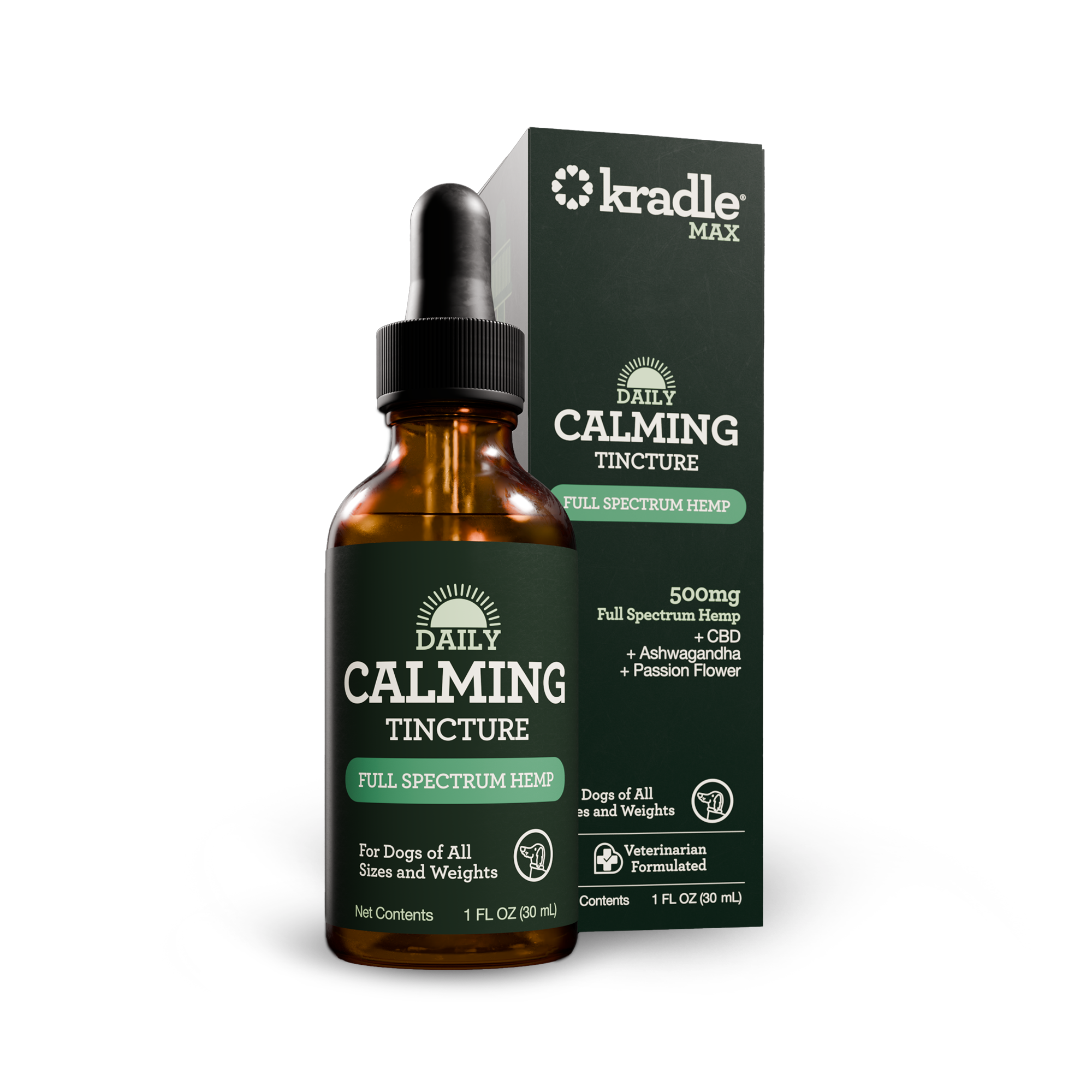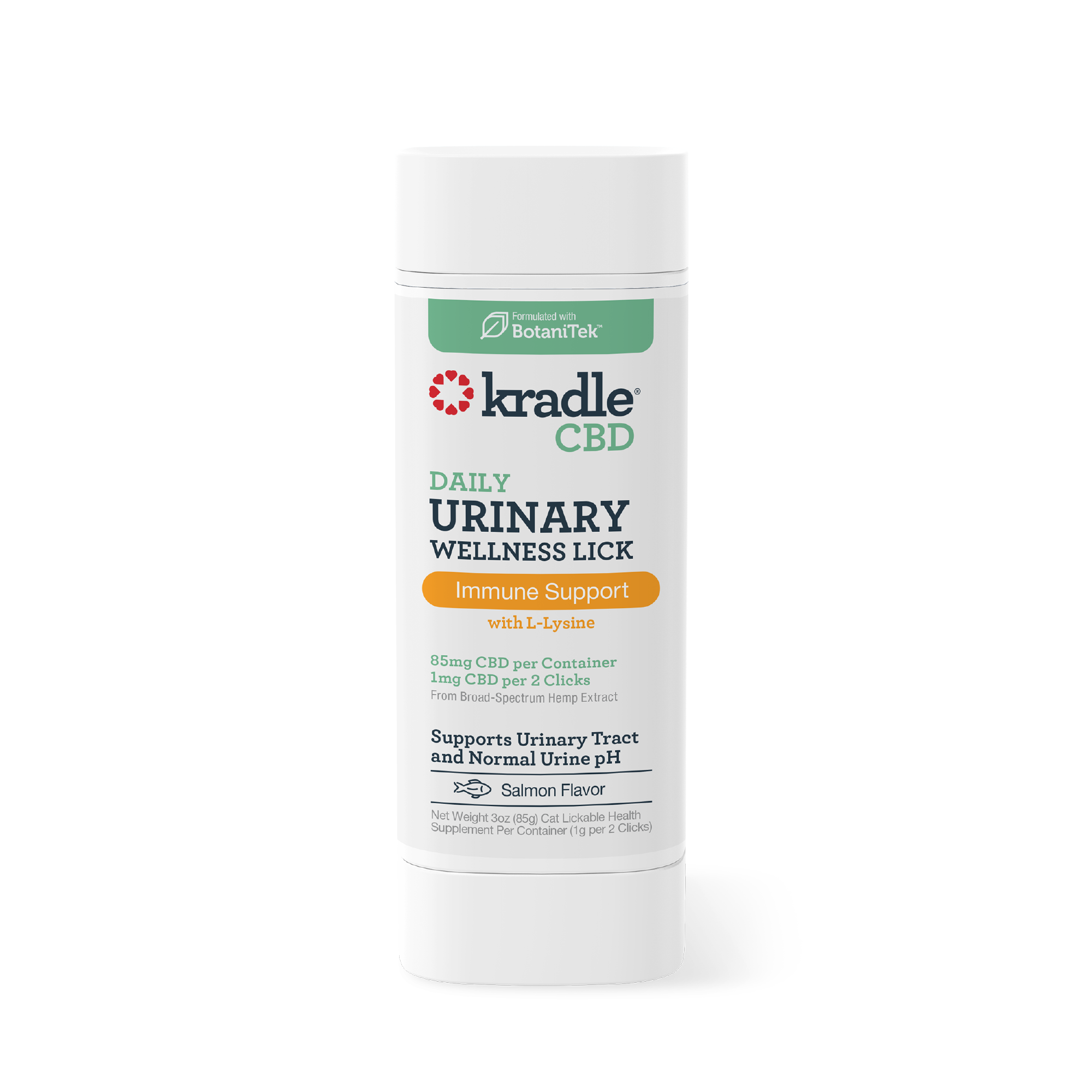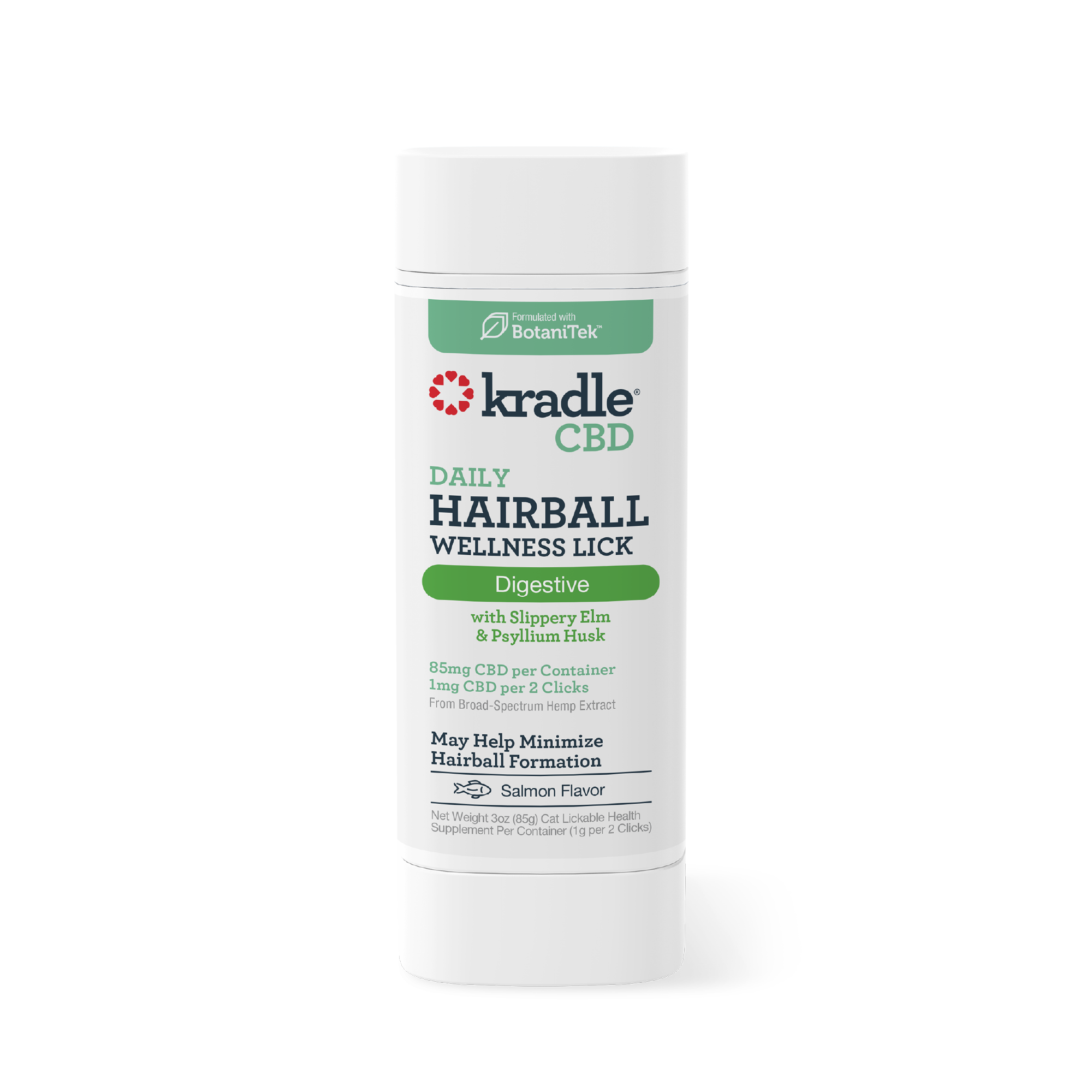CBD
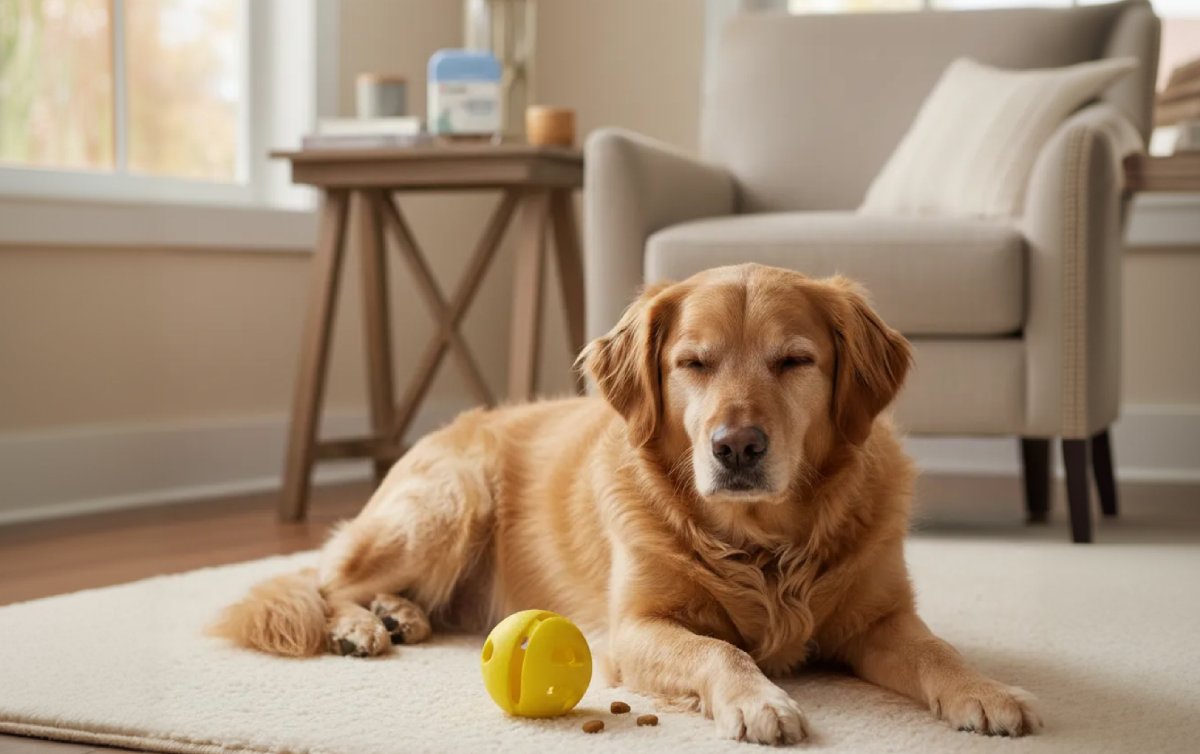
Do Dogs Get Bored? Recognizing the Signs and How to Keep Them Happy
Many people wonder: Can dogs get bored? They can get bored, just like humans. When life lacks fun or purpose, they feel it too. Dogs weren’t meant to lounge around all day. For generations, they w...
Read more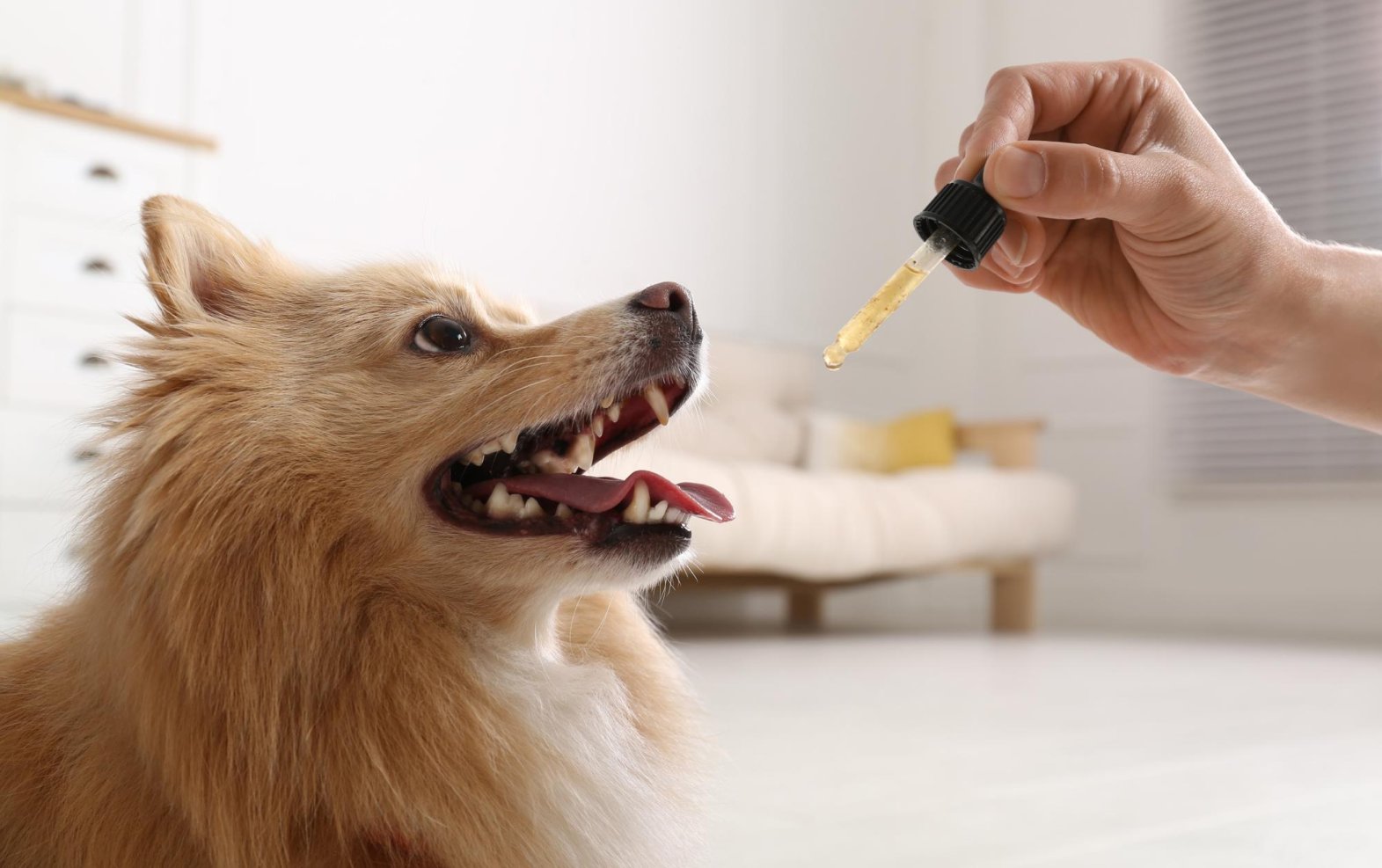
What Is CBD Oil? The Complete Guide for Pet Parents
CBD oil continues to grow in popularity for both pets and pet parents alike, as people adopt CBD to support their health. For pets, many people seek out CBD to help with high-energy breeds, stress ...
Read more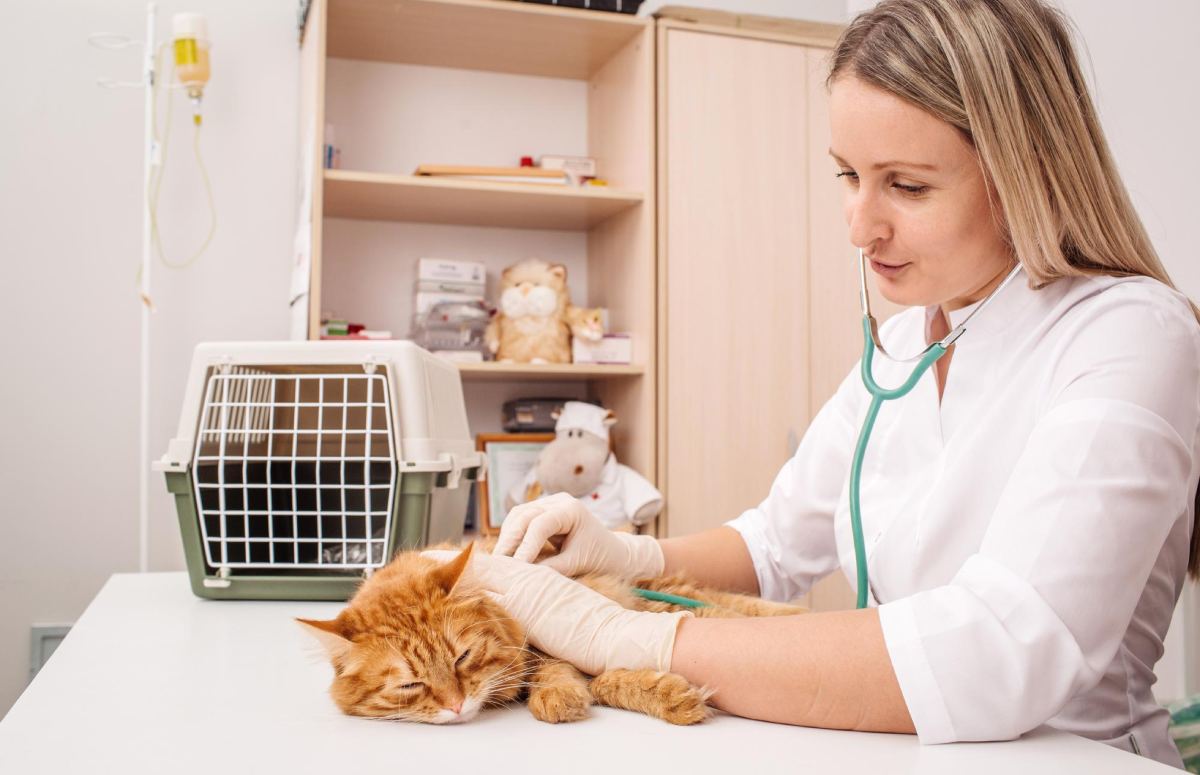
Cat Seasonal Allergies: Signs, Causes & Relief
Here’s the thing: we often see seasonal allergies in cats. A little bit of pollen or maybe a mold that comes indoors will possibly make your cat sneeze or scratch lot. Noticing this soon is quite u...
Read more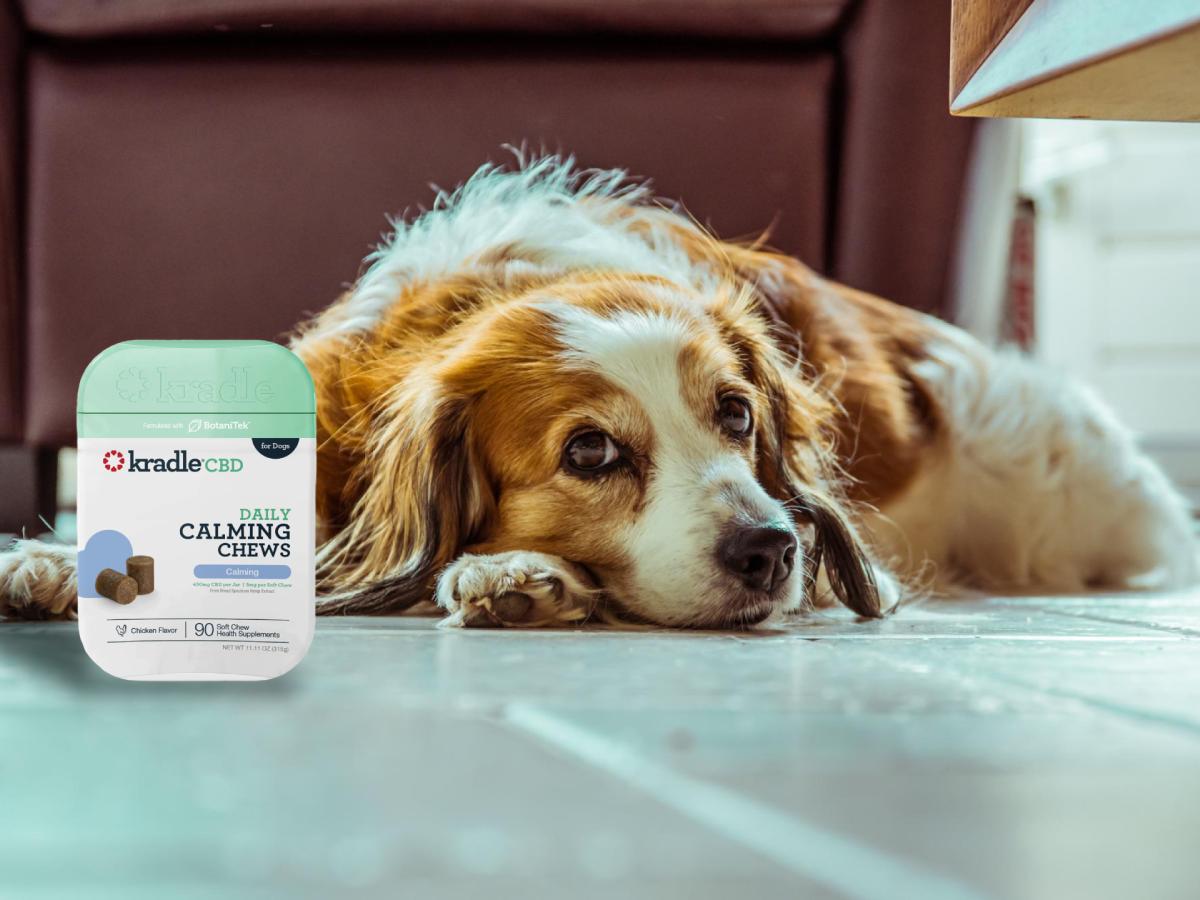
How Long to Leave a Dog Alone — Puppies to Seniors
Every dog owner knows that feeling. You grab your keys, put your shoes on, and your dog is looking up at you with worried eyes. There’s a small wave of guilt that takes over before you have even cl...
Read more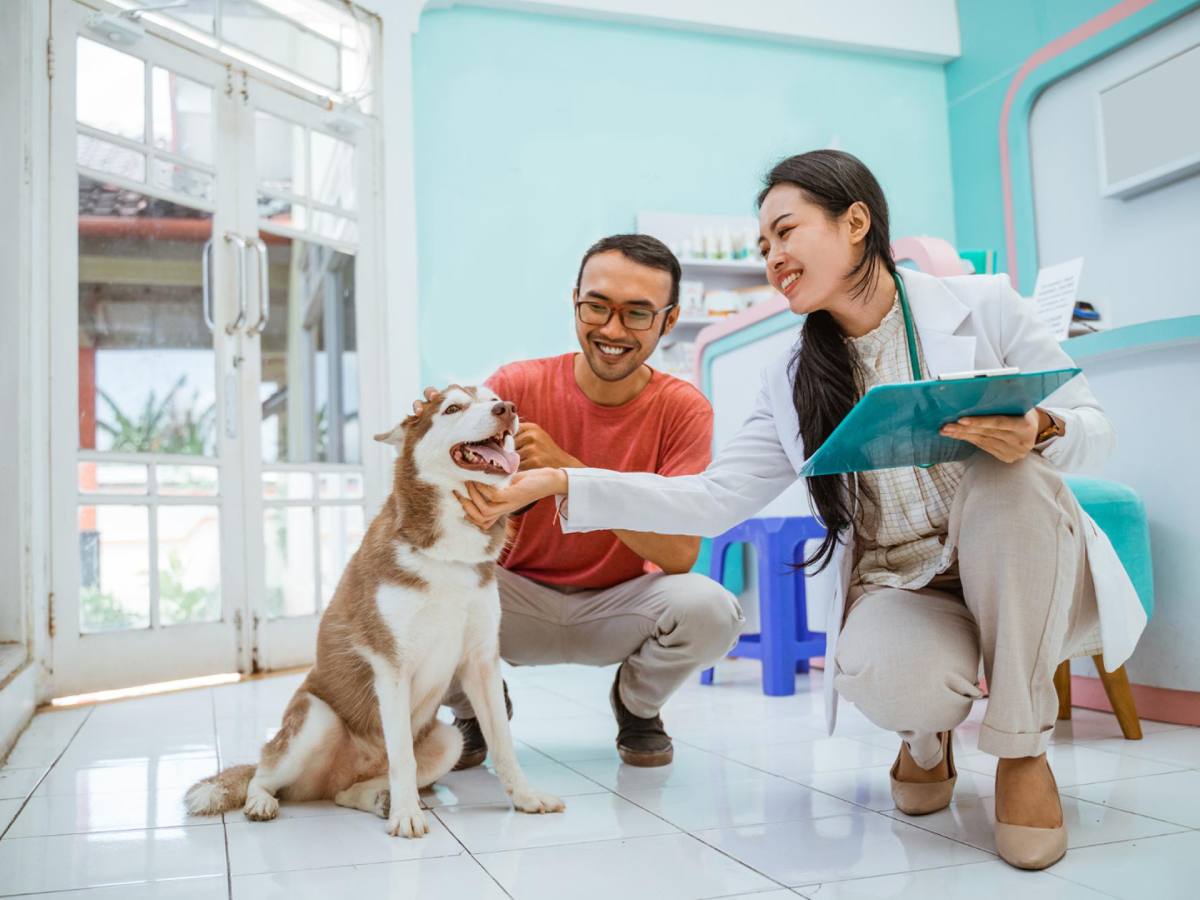
Everything a Pet Parent Needs to Know About Dog Seasonal Allergies
Spring arrives. It splashes color and life back across the world. But for your dog, it also brings itching, licking, and carpet-rubbing problems. You love those warmer days. The same blooms and sof...
Read more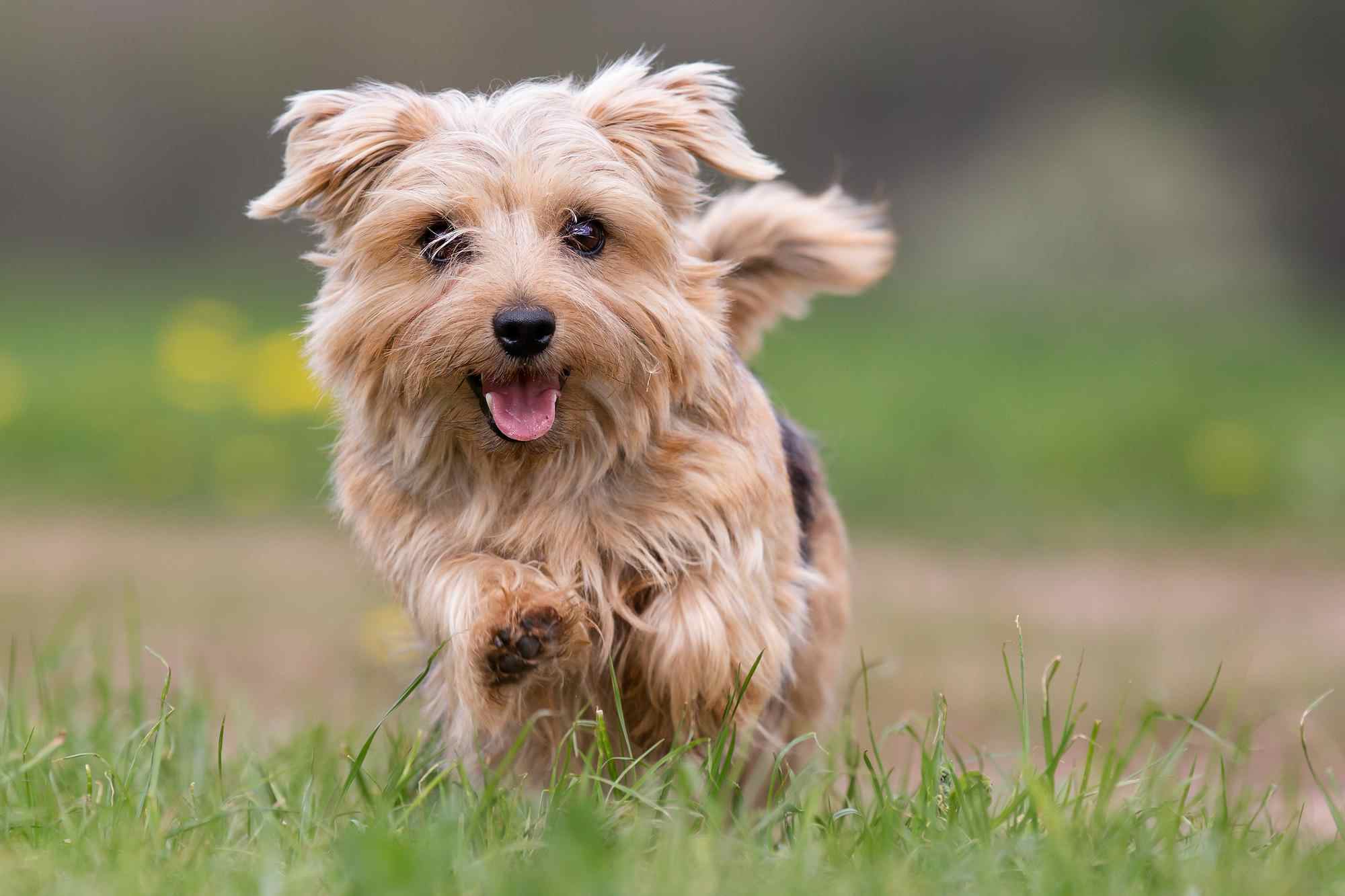
A Guide to Best Joint Supplements for Dogs
If you’ve lived with a dog for a while, you probably know how much their energy fills your life. The way they wiggle with excitement when the leash comes out. The way they hop onto the couch like i...
Read more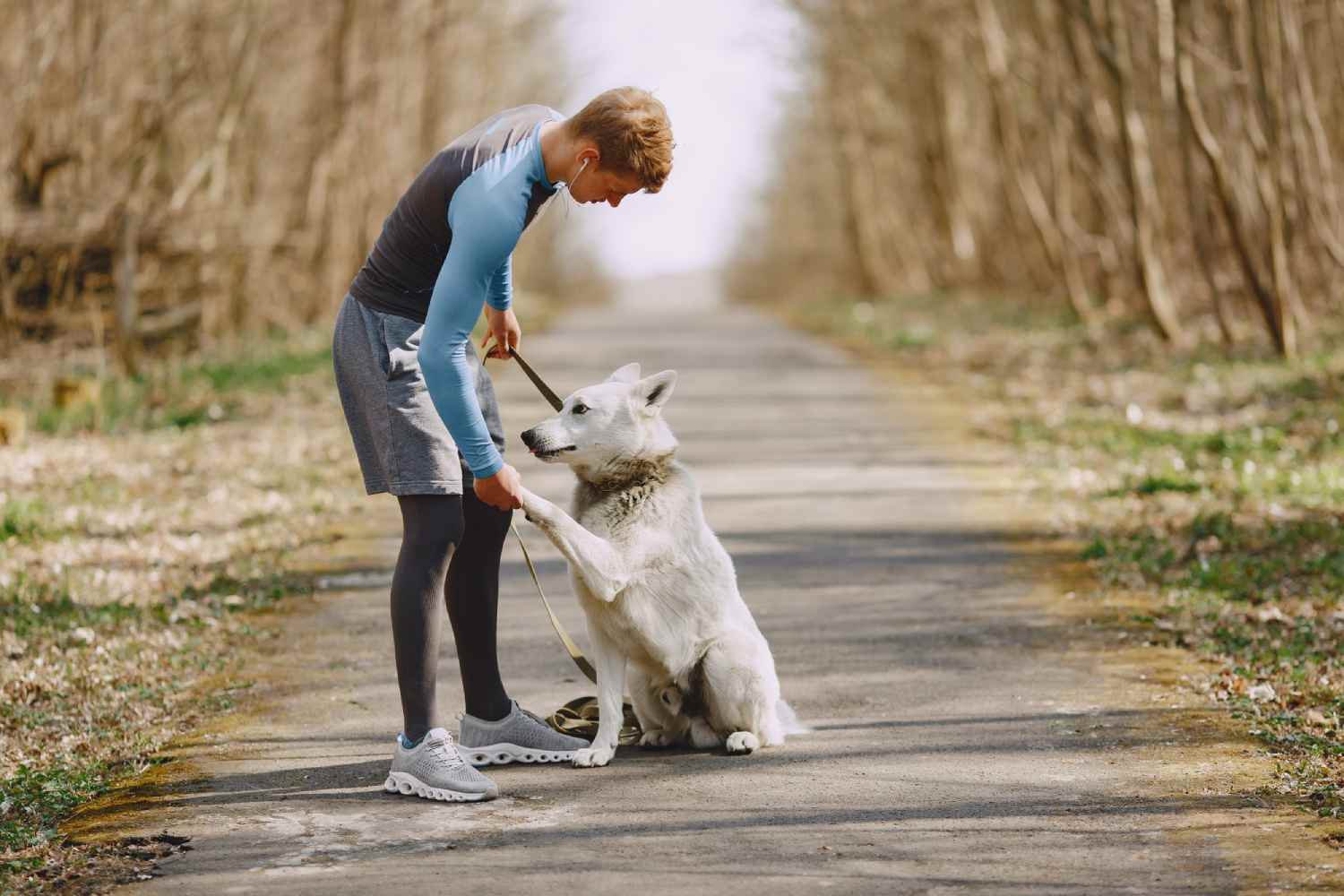
Signs of Joint Pain in Dogs: Early Indicators & What to Know
Dogs stand by us through tough days, waiting at the door, leaning against our legs, or curling up quietly next to use. Yet even the happiest dog may hide pain, and dog joint pain is one of those si...
Read more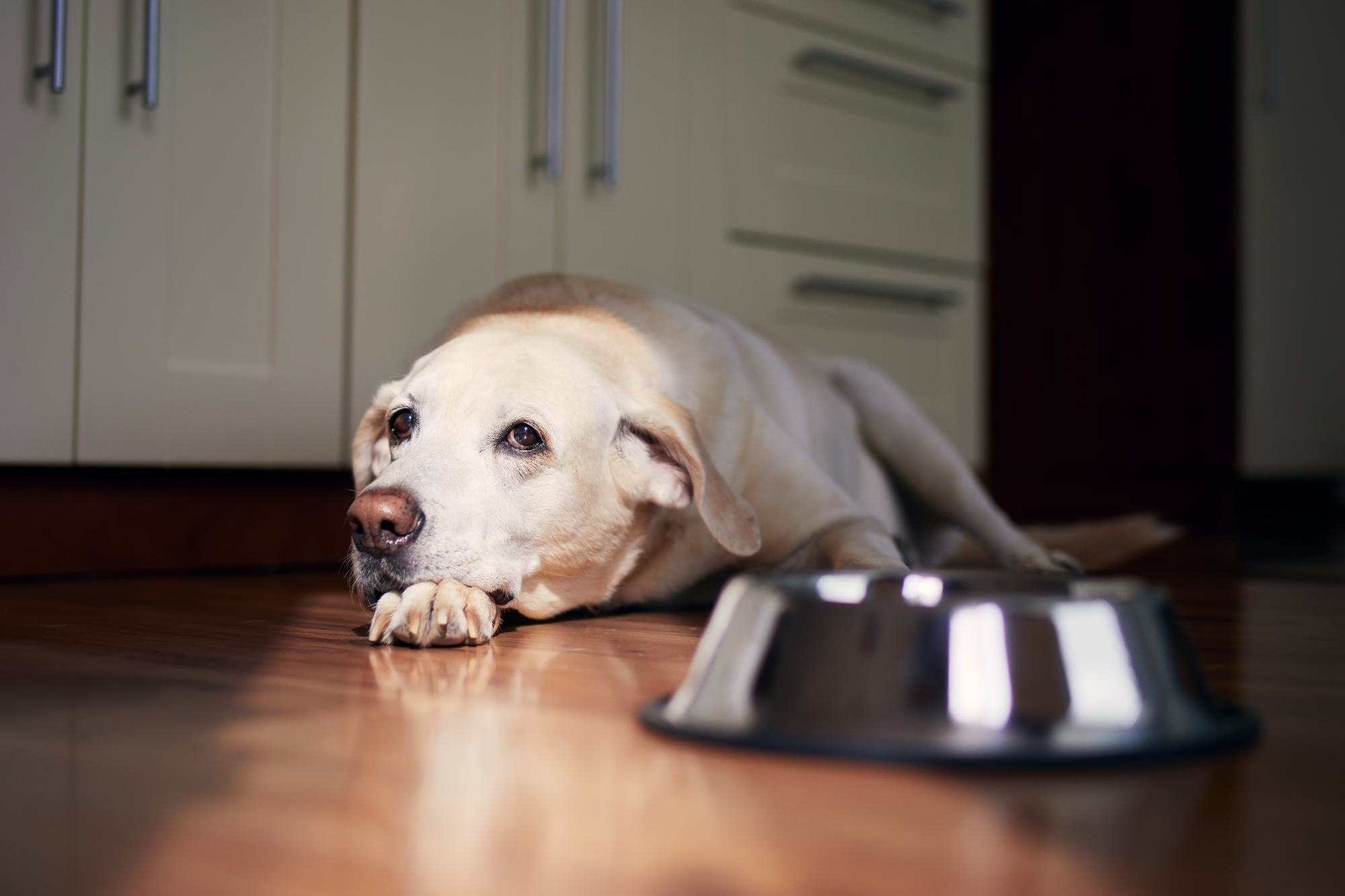
Symptoms of Poor Gut Health in Dogs: Signs Every Owner Should Know
A dog’s joy shows in wagging tails, sudden bursts of play, and the shine of a healthy coat. What we don’t notice easily is the digestive system, quietly maintaining balance inside. Dog gut health i...
Read more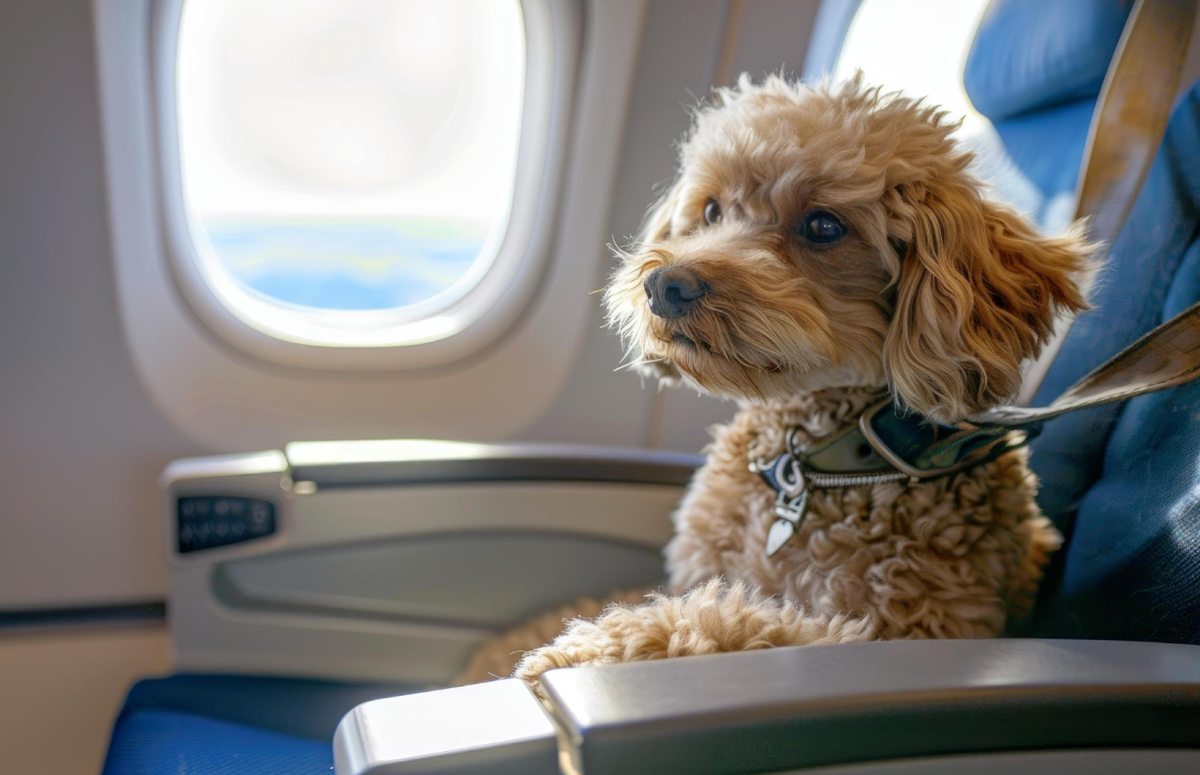
The Ultimate Guide to Air Travel with Your Dog: Tips, Prep & Comfort
According to the APPA National Pet Owners Survey, a resounding 78% of US pet owners travel with their furry friends every year. If you're planning on taking your pup along on summer vacation, you'r...
Read more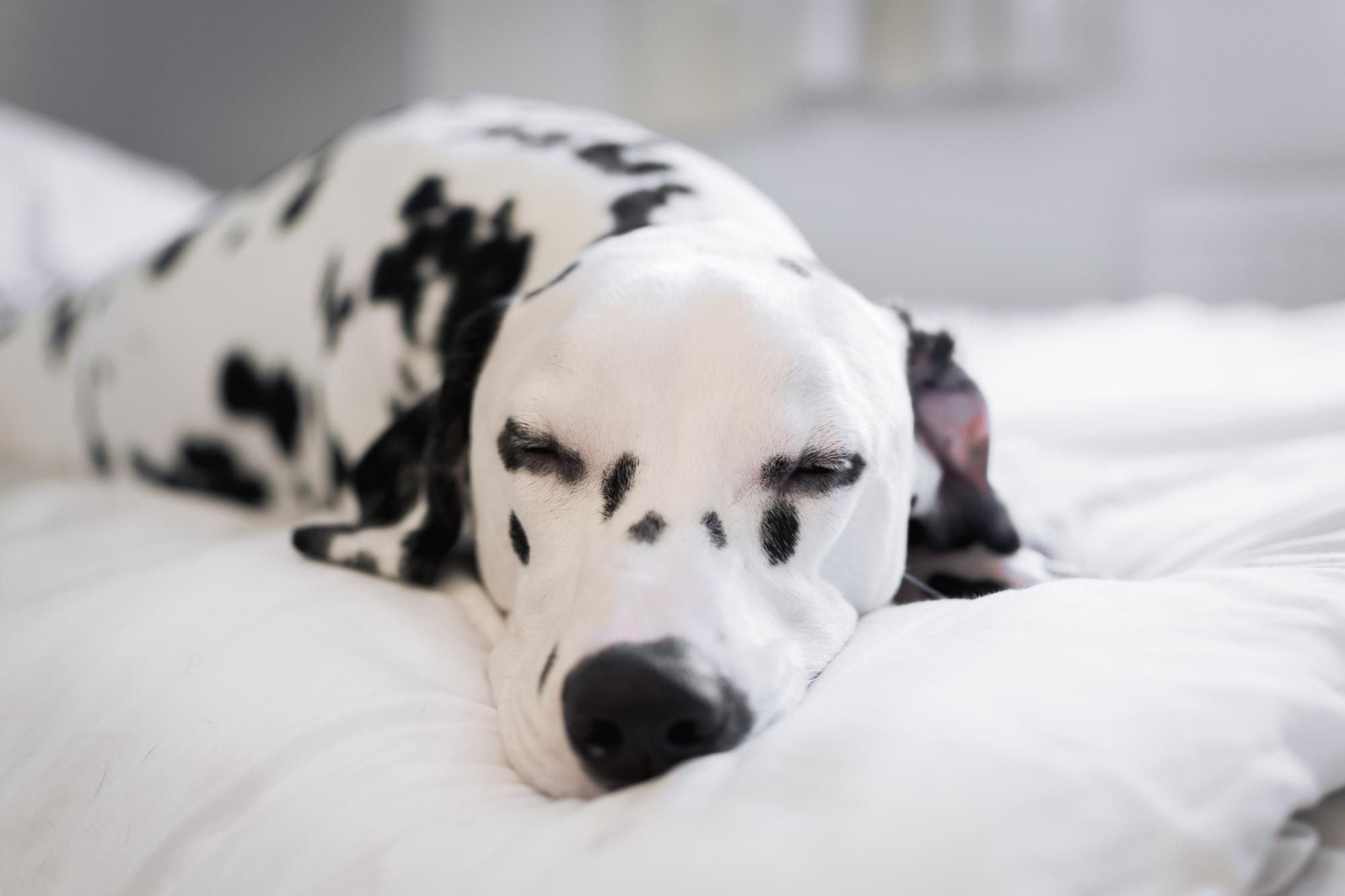
How to Build the Best Bedtime Routine for Your Dog or Puppy
Just like you, your dog needs to get enough sleep to be happy and healthy. As a pet parent, there's a lot you can do to help your fur baby reap all the benefits of adequate rest. Establishing and s...
Read more
